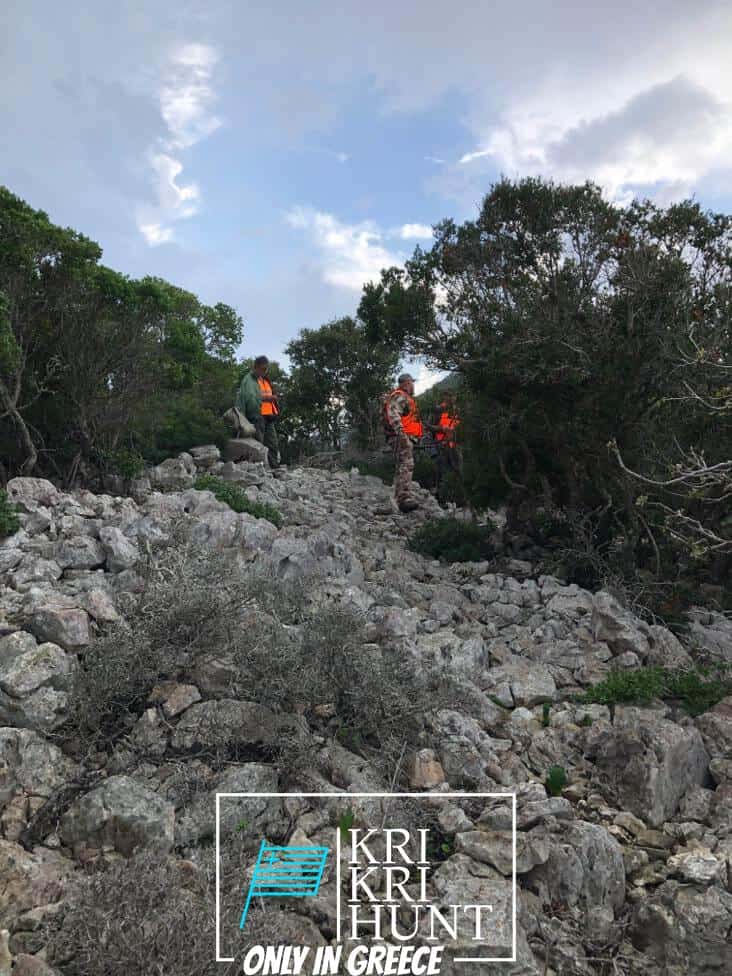
To many individuals, The Peloponnese peninsula on the Greek Mainland is the 'actual' Greece, where things have not changed much at all over the centuries despite the fact that many people have discovered it. This is an area where you could conveniently spend a month, yet if you are short on time after that our exterior searching, Fishing, complimentary diving as well as exploring Peloponnese Tours from Methoni is an excellent remedy. Join us as we explore all that this stunning and historic area has to use!

Greece is a stunning country with lots of chances for tourists. There are magnificent beaches, old ruins, as well as delicious food to enjoy. Furthermore, there are many activities available such as walking, skiing, and cycling. Greece is the excellent destination for any person looking for a getaway loaded with adventure as well as exhilaration.
When you show up in the Peloponnese peninsula is the stunningly gorgeous landscape, the initial thing you will certainly see. The hills, lakes, rivers, and also forests make this location a nature enthusiast's heaven. There are additionally plenty of opportunities for hiking, angling, swimming, and also other outside activities. Yet the Peloponnese peninsula is not practically its all-natural beauty; there are likewise numerous historical as well as social websites to check out. Do not fail to remember also angling, free-diving and also searching. Several of one of the most prominent tourist destinations in the Peloponnese consist of old Olympia, Epidaurus, Mycenae, and also Sparta. These destinations use a remarkable glance into Greece's rich background and society. If you are interested in discovering more concerning Greek mythology, then you will absolutely want to visit Mount Olympus, residence of the 12 Olympian gods. Certainly, no journey to Greece would certainly be total without trying some of the delicious food. The Peloponnese peninsula is house to a few of the very best olive oil worldwide as well as feta cheese, olives, honey, and also red wine. See to it to try some of the neighborhood specializeds such as dolma (stuffed grape leaves), Souvlaki (smoked meat skewers), as well as Gyro (meat covered in pita bread).
If you're searching for a genuine Greek experience, after that look no further than our outside hunting in Greece with fishing, and also totally free diving excursions of Peloponnese. This is a memorable way to see whatever that this amazing region has to use. Reserve your excursion today!
What is the diference between Kri Kri ibex, Bezoar ibex and hybrid ibex
The kri-kri is not thought to be indigenous to Crete, most likely having been imported to the island during the time of the Minoan civilization. Nevertheless, it is found nowhere else and is therefore endemic to Crete. It was common throughout the Aegean but the peaks of the 8,000 ft (2,400 m) White Mountains of Western Crete are their last strongholds–particularly a series of almost vertical 3,000 ft (900 m) cliffs called ‘the Untrodden’—at the head of the Samaria Gorge. This mountain range, which hosts another 14 endemic animal species, is protected as a UNESCO Biosphere Reserve. In total, their range extends to the White Mountains, the Samaria National Forest and the islets of Dia, Thodorou, and Agii Pandes.
This Ibex is NOT a diminutive form of the Bezoar Ibex, which has migrated into the western-most reach of the range of this species. The kri – kri (Capra aegagrus cretica), sometimes called the Cretan goat, Agrimi, or Cretan Ibex, is a feral goat inhabiting the Eastern Mediterranean, previously considered a subspecies of wild goat. The kri-kri has a light brownish coat with a darker band around its neck. It has two horns that sweep back from the head. In the wild they are shy and avoid tourists, resting during the day. The animal can leap some distance or climb seemingly sheer cliffs.
“The agrimi goat Capra aegagrus cretica is unique to Crete and its offshore islands. It has been identi®ed as a sub-species of the wild bezoar goat Capra aegagrus aegagrus Erxleben, 1777, which it closely resembles in horn shape, body form and coloration. This classi®cation has been disputed by some researchers who claim that the agrimi are feral goats, derived from early domestic stock brought to the island by the ®rst Neolithic settlers. In order to clarify this issue, DNA analyses (cytochrome b and D loop sequences) were carried out on tissue of live and skeletonized agrimi and compared to sequences of wild and domestic caprines. Results conclusively show the agrimi to be a feral animal, that clades with domestic goats (Capra hircus) rather than with wild Asiatic bezoar. This study demonstrates that morphometric criteria do not necessarily re¯ect genetic af®nities, and that the taxonomic classi®cation of agrimi should be revised.”